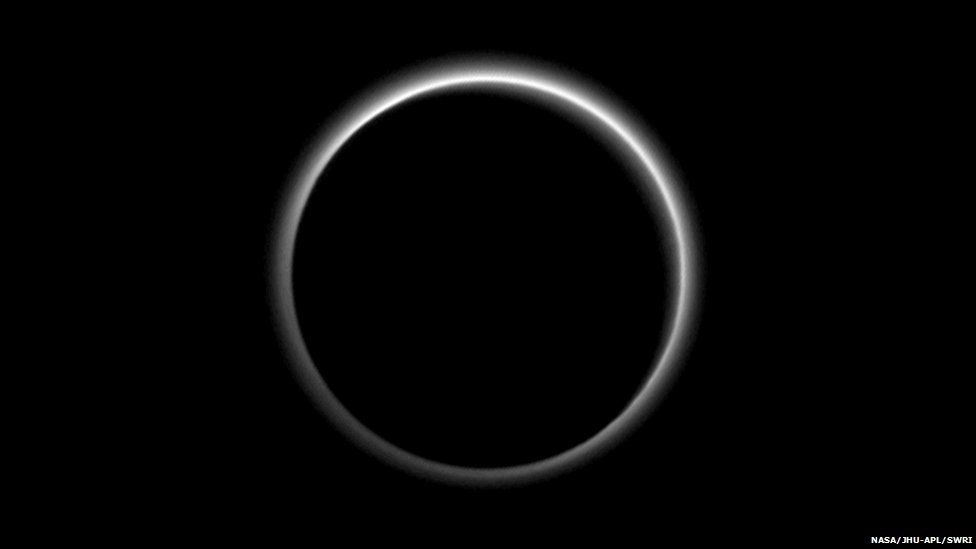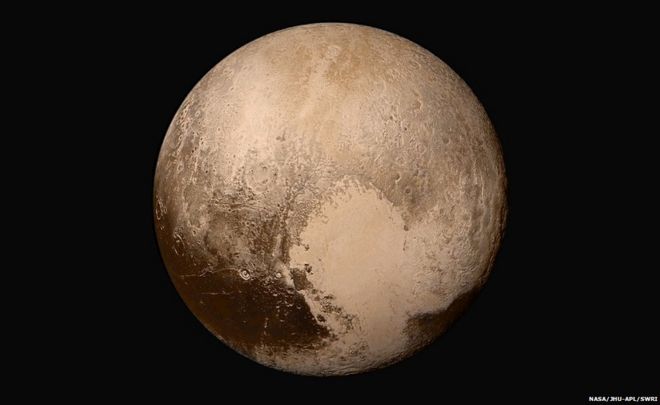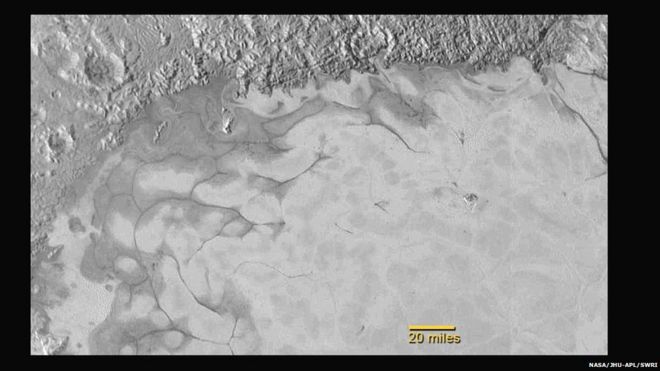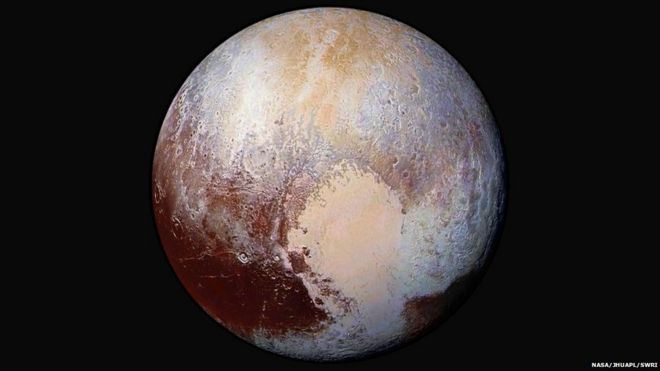FOR THE SUMMER I'M IN MY TRAILER IN A FRIEND'S YARD, IN THE LITTLE TOWN NEXT TO CALGARY CALLED COCHRANE.
SO FOR THE SUMMER I'M SWIMMING AT THE COCHRANE INDOOR POOL - 25 METRES LONG.
TUESDAY [TODAY] IT IS "SENIOR" [65 PLUS] SWIM FROM NOON TO 1 PM.
I HAD JUST DONE A FAST BREAST-STROKE SWIM OF ONE LENGTH; STOPPING AT THE SHALLOW END. THIS LADY I'D NEVER SEEN BEFORE, AND HER NEVER SEEING ME, SAID, "WOW, YOU SWIM LIKE A 40 YEAR OLD!"
I REPLIED, "WELL THANKS, I WAS THE HIGH SCHOOL BREAK-STROKE CHAMPION; AND I KEEP MYSELF FIT."
"OH, SO YOU'RE NOT GOOD AT THE CRAWL STROKE?"
"NO, NEVER WAS GOOD AT IT" WAS MY REPLY.
SHE SMILED..... THE CRAWL STROKE WAS HER STROKE, AND THE WAY SHE DID IT, I'D BET SHE WAS SUPER FAST IN HER TEENS AND 20s.
SO KEEPING TRIM AND REGULAR, VARIOUS EXERCISES, GIVING YOURSELF VARIETY, PAYS OFF.
NOW I DO HAVE TO WORK AT KEEPING TRIM, KEEPING WEIGHT OFF; THEY SAY FOR MOST PEOPLE 65 AND OVER THAT IS THE CASE.... WORKING AT IT, AS THE OLDER WE GET THE EASIER IT IS TO PUT ON WEIGHT. AND PROBABLY SO TO SOME DEGREE, BECAUSE OLDER PEOPLE DO NOT EXERCISE ENOUGH AND WATCH THEIR DIET, SO ON GO THE POUNDS.
YES FOR MOST OVER 65 IT DOES TAKE A CONCERTED EFFORT TO KEEP TRIM AND BE FIT.
BUT IT IS SURE WORTH THE EFFORT; I JUST DO NOT THINK OF MYSELF AS "OLD."
..........
New Horizons: Pluto may have 'nitrogen glaciers'
- 24 July 2015
- Science & Environment

Pluto would appear to have glaciers of nitrogen ice, the latest pictures from the New Horizons probe suggest.
Scientists believe they see evidence of surface material having flowed around mountains and even ponding in craters.
The activity is certainly recent, they say, and may even be current.
But the mission team cautions that it has received only 4-5% of the data gathered during 14 July's historic flyby of the dwarf planet, and any interpretations must carry caveats.
"Pluto has a very complicated story to tell; Pluto has a very interesting history, and there is a lot of work we need to do to understand this very complicated place," said Alan Stern, the New Horizons principal investigator.
In a briefing at the US space agency's HQ in Washington DC, he and colleagues then outlined a number of new analyses based on the limited data-set in their possession.

These included the observation that Pluto has a much more rarified atmosphere than previously predicted by the models.
This statement comes from measurements made by the probe as it was looking back at Pluto following the flyby.
It could tell from the passage of sunlight and radiowaves through the Plutonian "air" that the pressure was only about 10 microbars at the surface (1 microbar is about a millionth of the air pressure on Earth at sea level).
The other key detection was of hazes in the atmosphere. These are likely the consequence of high-up methane being broken apart and processed by sunlight into simple hydrocarbons like ethylene and acetylene, which then fall, cool and condense to form a mist of ice particles.
Some of this material will probably be further processed into more complex chemistry that rains on to the surface to give certain regions their characteristic reddish hue.

But it is the idea of glacial activity having occurred on Pluto that is most likely to capture public attention.
This is interpreted to have happened at the edges of what has become known as Sputnik Planum - the great plain in the western half of Pluto's bright, heart-like feature just north of the equator.
High-resolution imagery from New Horizons' Lorri camera records wavy patterns that look just like the flowing ice of glaciers viewed by satellites at Earth.
And if there was still warmth coming from Pluto's interior then this could allow any surface ices to move and follow a slope, explained co-investigator Bill McKinnon from Washington University in St Louis.
"Water-ice at Pluto temperatures won't move anywhere; it's immobile and brittle," he told reporters. "But on Pluto, the kind of ices we think make up the planum (nitrogen ice, carbon monoxide and methane ices) - these ices are geologically soft and malleable, even at Pluto conditions, and they will flow in the same way that glaciers flow on Earth.
"So, we actually have evidence for recent geological activity."
His definition of "recent" was "no more than a few tens of millions of years". "And what we know about nitrogen ice and what we can estimate about the heat-flow coming from the interior of Pluto - there's no reason why this stuff cannot be going on today."

New Horizons continues to observe Pluto even though it has moved some 12 million km beyond the dwarf planet.
The probe is looking at the world as it makes its slow rotation (one Pluto day lasts 6.4 Earth days).
In about a week's time, this observation will cease and the spacecraft will be spun up.
This will permit systems that ordinarily are used to help maintain three-axis stability to be turned off.
Their power sacrifice can then be diverted to the transmitter to boost its output.
In September, engineers will command New Horizons to start sending back all of the outstanding scientific data it gathered during the flyby.
This stored information will be brought down in a compressed form first of all, followed by an uncompressed return.
The whole process - encompassing all observations of Pluto and its five moons - will not be completed until late 2016.
However, the New Horizons team says it will share the discoveries as they are made during the long downlinking period.


Jonathan.Amos-INTERNET@bbc.co.uk and follow me on